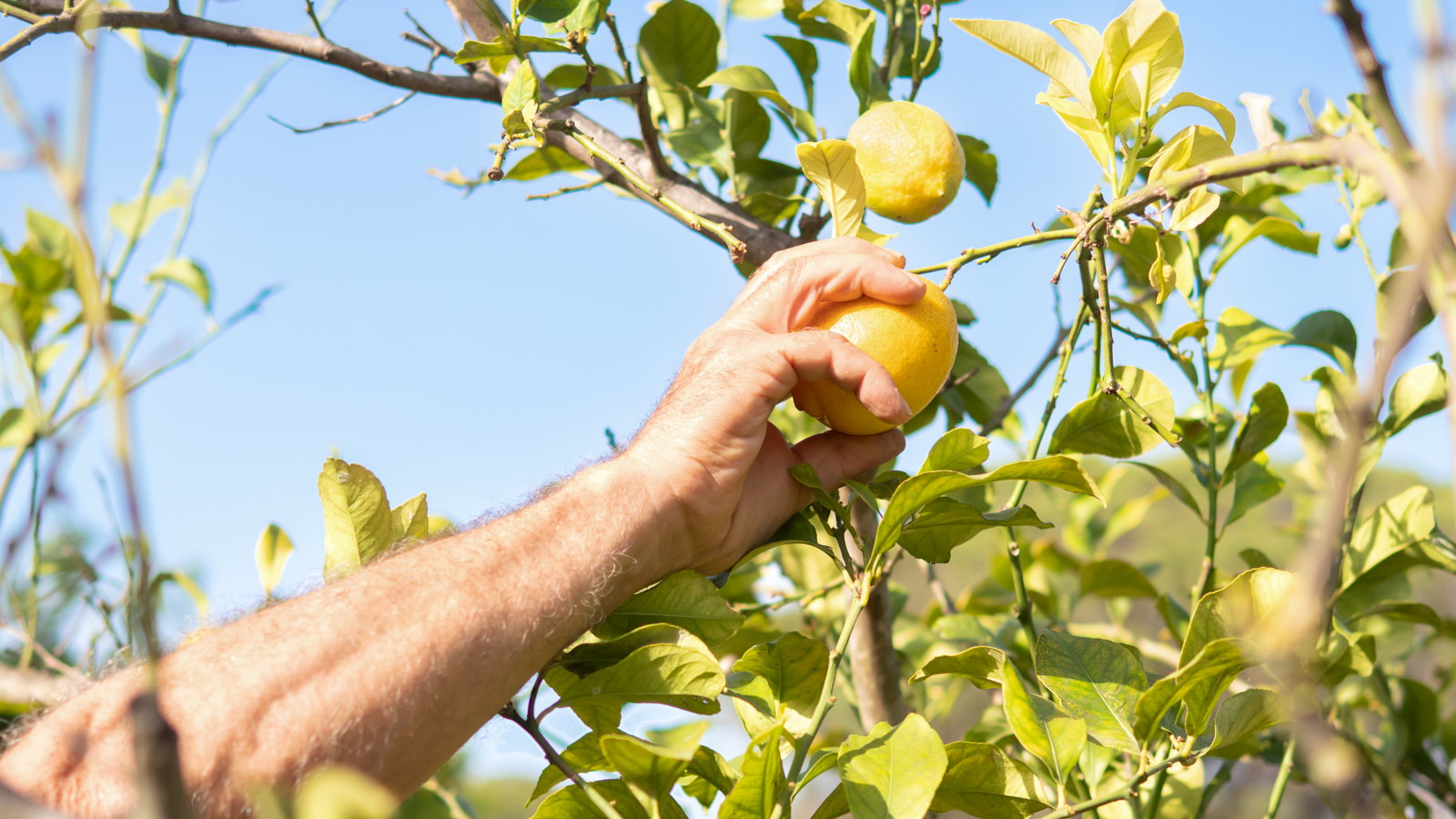
A garden rich in homegrown fruit is an idyllic vision. Being able to pick fruits close to your door, for jams, desserts, cooking, or just to snack fresh off the tree or bush, is a dream of many. It is achievable in gardens of any size, and any of these selections of fruits to plant in April can help make that dream come true.
As the temperatures rise, the days lengthen, and the soil starts to warm, April can be a good time to plant fruit trees and soft fruit. April is often too late to plant bare-root fruit trees, but this doesn't mean the opportunity is lost if you want to plant fruit trees.
Fruit trees, soft fruit bushes, and canes are available for purchase as container-grown plants to be planted this month. This guide highlights fantastic fruits to plant in April, plus some expert planting tips so your fruit grows healthily and you can enjoy bountiful harvests.
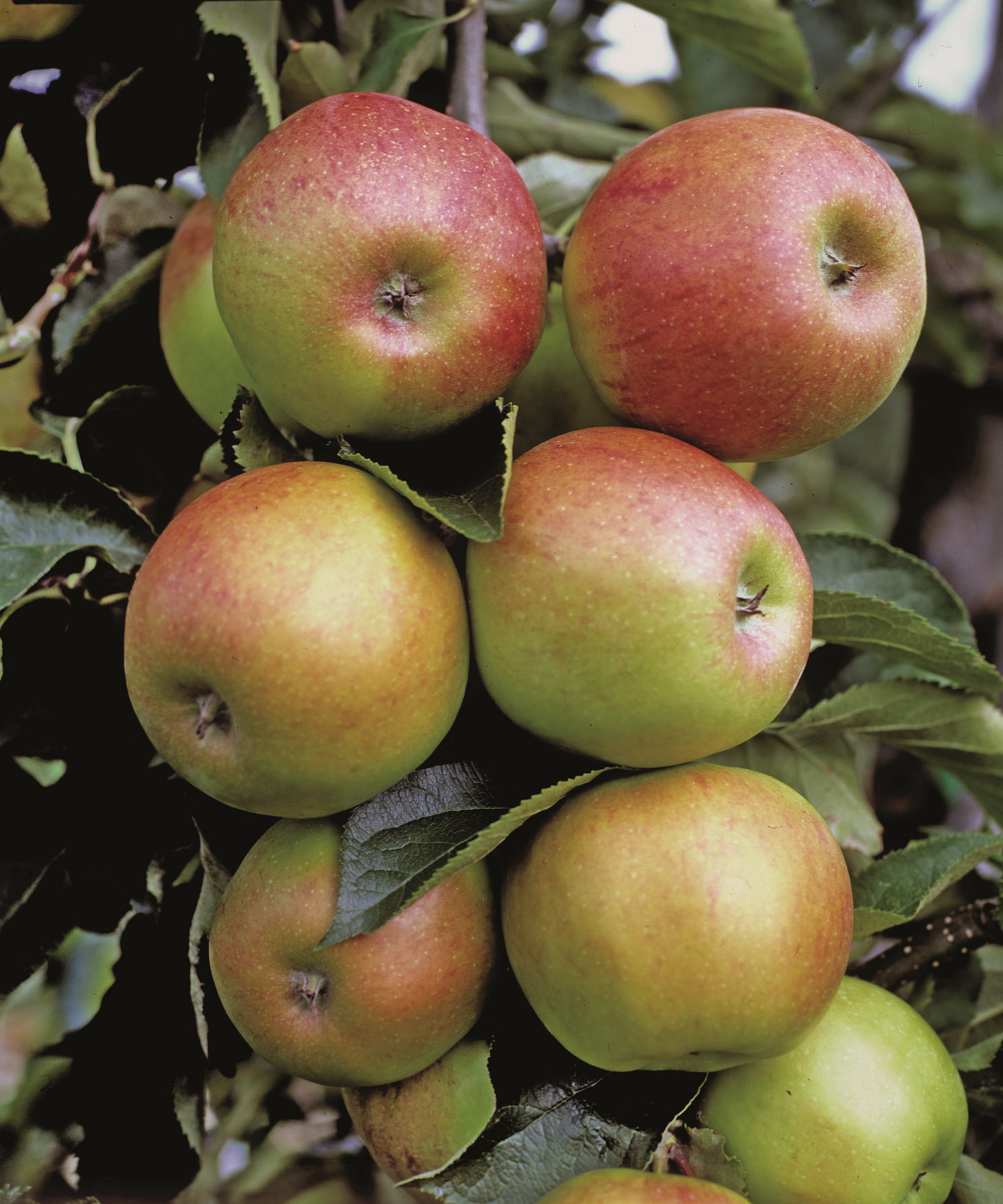
7 of the best fruits to plant in April
We explore some of the best fruits to plant in April. Some may yield harvests this year, while others will take longer, but all promise many years of rich pickings to look forward to.
1. Apples

One of the most popular fruit trees globally, there are thousands of apple varieties out there. As they come in different sizes, colors, and flavors, there can be an apple tree for any garden. Modern dwarf cultivars even mean you can grow apple trees in pots - like this Tangy Green Columnar Apple Tree at Fast Growing Trees, which grows in a compact, upright form and still fruits heavily.
Apple trees are best planted between late fall and early spring. Container-grown apples can be planted at any time of year, but getting them in the ground early in spring is preferred to help them get established before the temperatures rise in summer. Providing the ground isn’t frozen or waterlogged, you can plant apple trees in early spring.
Trees want a sunny, sheltered spot in well-draining and fertile soil. Dig a large hole as deep as the rootball and twice as wide and plant the apple tree so the graft is a few inches above the soil line. Backfill the hole and press the soil down to remove air pockets before giving the tree a stake for support and a good water.
2. Blueberries
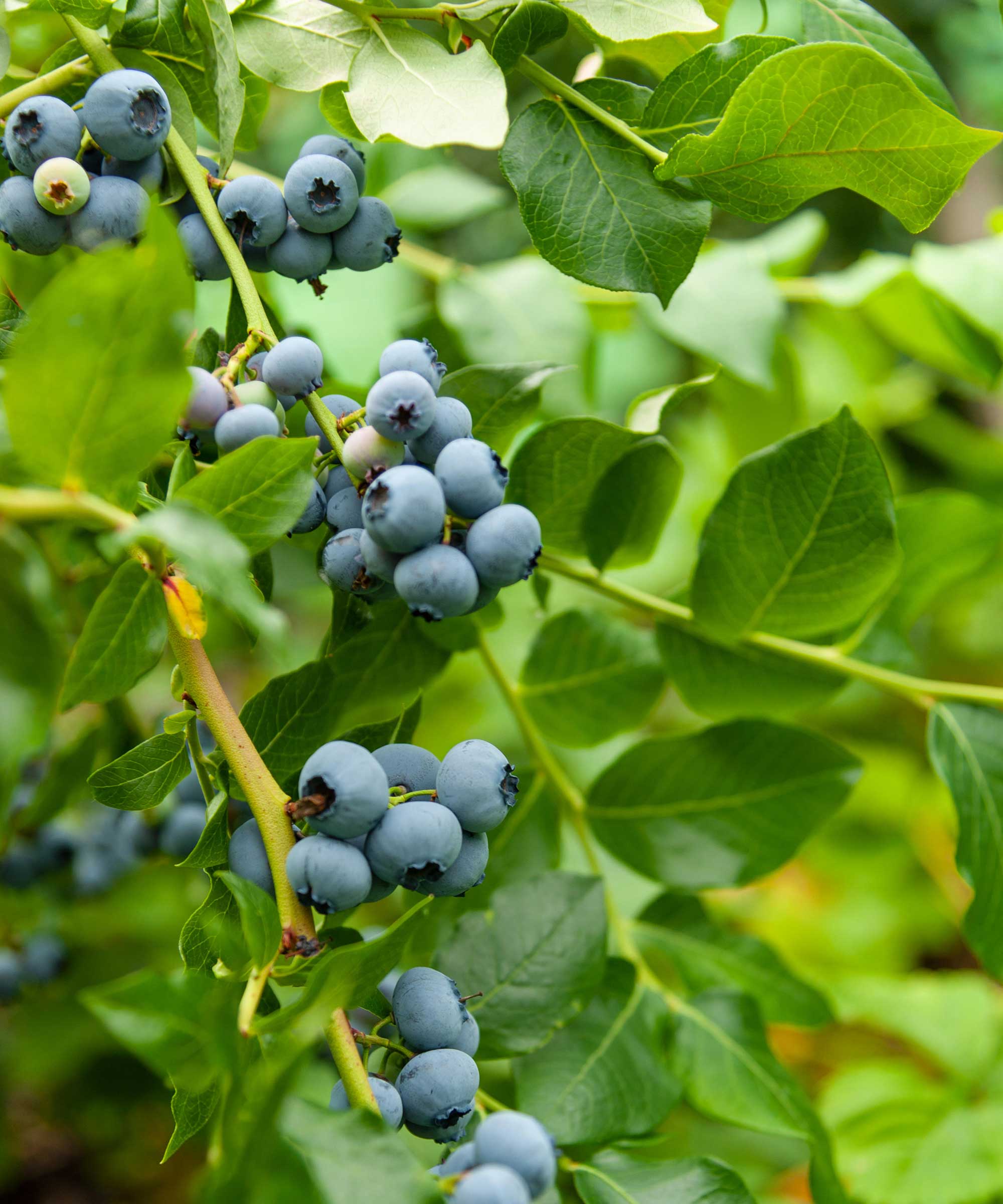
Blueberries are not just attractive bushes but also among the easiest superfoods to grow, with the berries rich in vitamins and antioxidants. They are native plants to North America, and various types are bred for warmer and cooler climates. Some types are self-fertile, but any harvest will be better with more than one plant.
Plant blueberries in early spring at least six feet apart in moist, acidic soil. Test the pH of your soil to see if the conditions are favorable. While there are ways to make soil more acidic, growing blueberries in pots is an option for anyone with unsuitable soil types.
Blueberries need regular feeding and winter pruning to stay healthy and productive. The berries ripen gradually over the bush from mid-summer into fall.
Discover the range of blueberry bushes at Amazon
Discover the range of blueberry bushes at Walmart
Discover the range of blueberry bushes at Nature Hills
3. Citrus
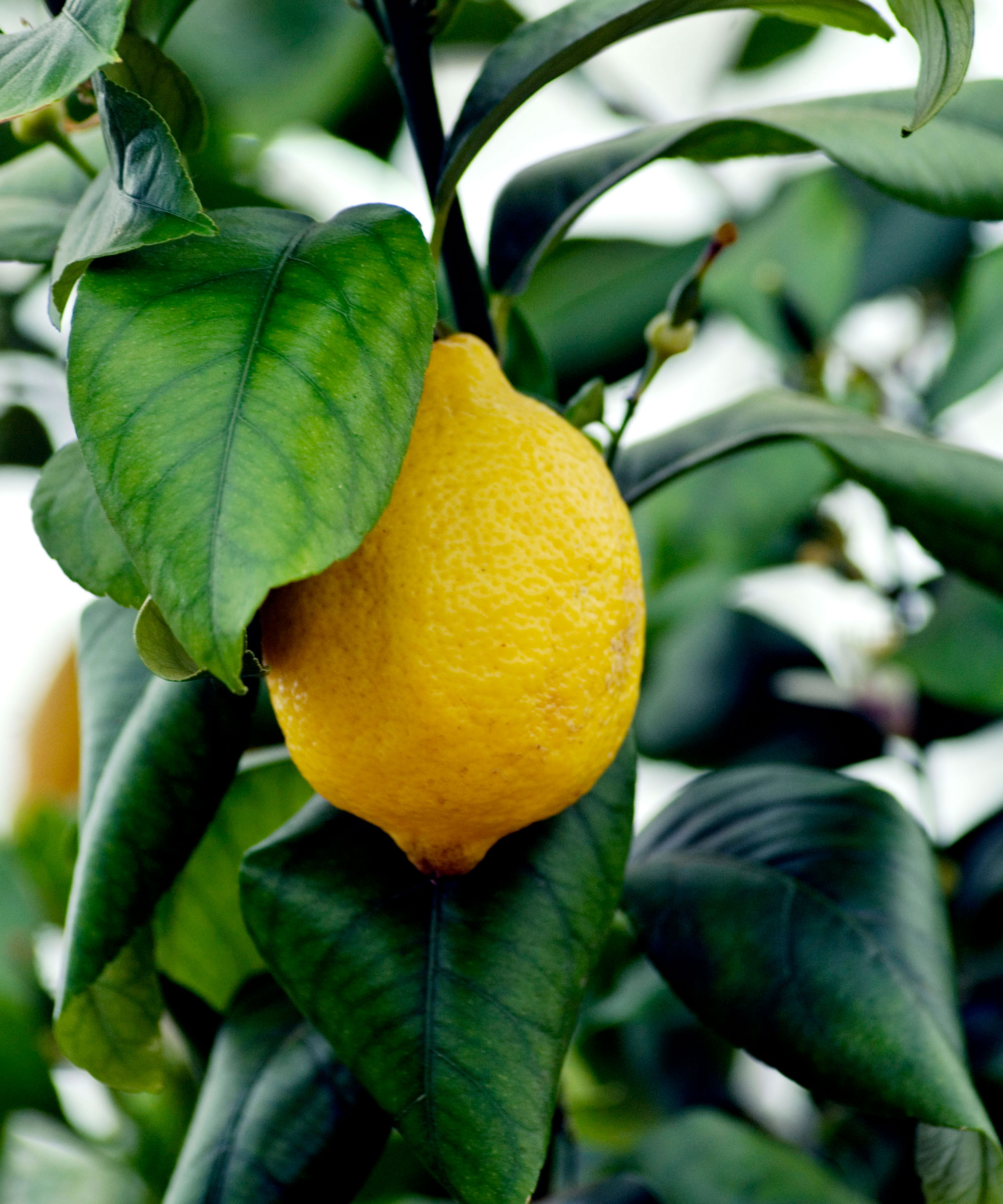
Citrus trees are a group that includes lemons, oranges, limes, and kumquats. They are small or medium-sized frost-tender fruit trees, though the cold they tolerate varies between types. The size and hardiness of any tree are key considerations when adding a citrus tree to your yard.
All citrus trees want warmth and sun. It is better to grow fruit trees in pots in colder climates, as they can come outside for summer and return to a protected environment when the temperatures drop.
If you want to try something a bit different, you can grow lemon trees from seed by sowing the pips in April. It can be a fun experiment, but it requires patience as it takes at least five years from sowing seeds to the trees producing fruit.
4. Figs

Fig trees are architectural and attractive additions to any space. Growing a fig tree brings a Mediterranean garden vibe to any space, and they are ideal for sunny, sheltered spots like against a wall. Planting a fig tree in spring gives it many months to establish a strong set of roots before the colder weather arrives.
Fig trees are unique in that their roots do like being restricted - give them lots of room to stretch their legs and you’ll get lots of foliage and little fruit. You can restrict the roots by planting fig trees in a container or placing a wall made from paving slabs in the soil around the tree. Alternatively, you can buy root control bags to constrict them, such as these root control bags at Walmart.
Remember to keep fig trees well-watered and feed them regularly through the growing season. Then you can enjoy a great harvest of figs in late summer.
5. Peaches
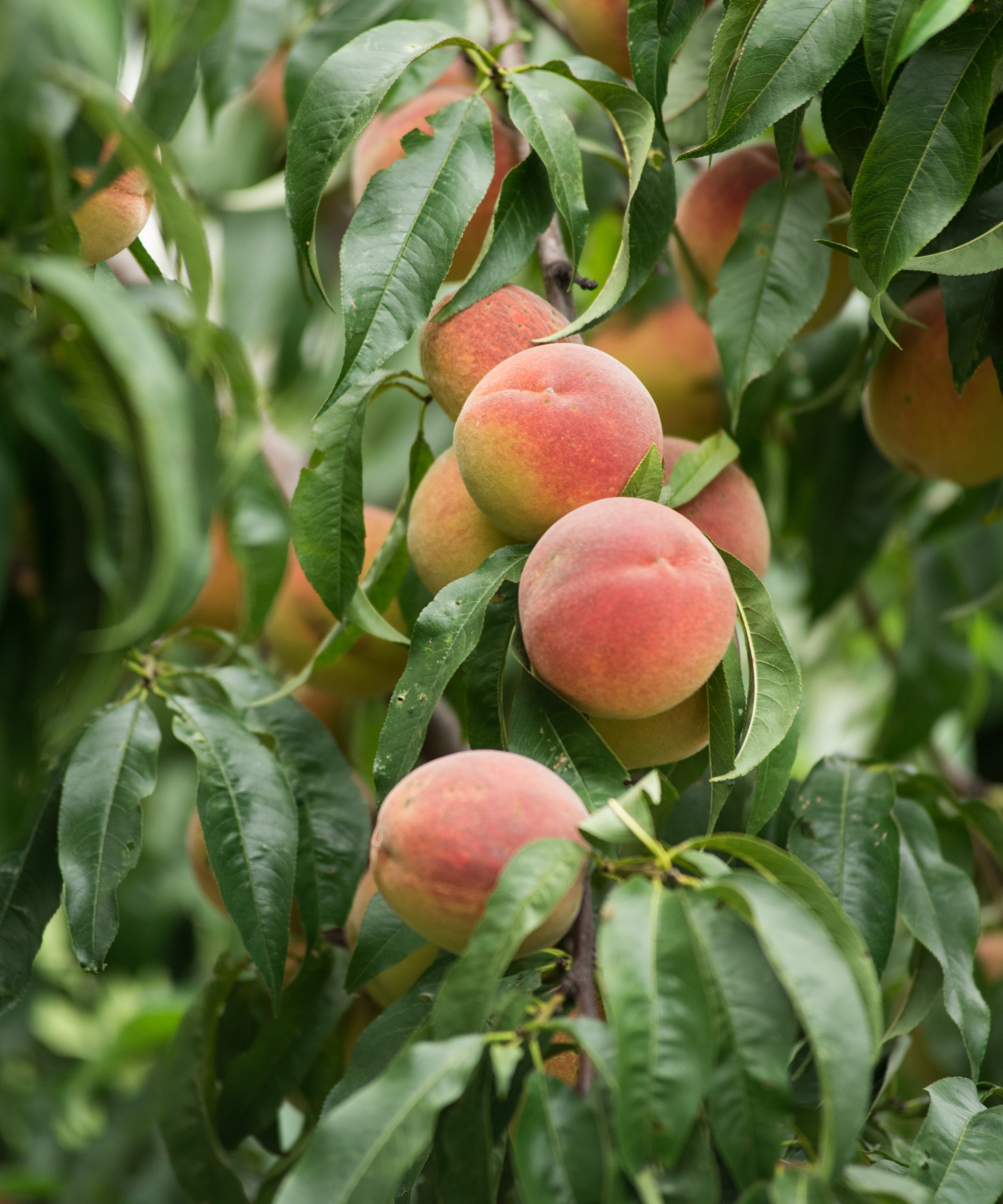
Peach trees love warmth and need planting in a south-facing garden or a bright, sheltered spot where they can soak in lots of sun. Planting a peach tree in early spring gives plenty of time for it to develop roots and get established in the early part of the growing season.
Add organic matter, such as compost or well-rotted manure, to the soil before planting and plant the peach tree at the same depth as in the pot. Water well and apply a layer of organic mulch around the tree to conserve moisture in the soil.
Some peach trees can reach over 20 feet tall, while you can get dwarf varieties that are ideal to grow as patio fruit trees. An example of this is this Bonfire Patio Peach Tree at Fast Growing Trees that grows to four or five feet in height. As peach trees are self-fertile, you can get a harvest with only one tree.
6. Raspberries
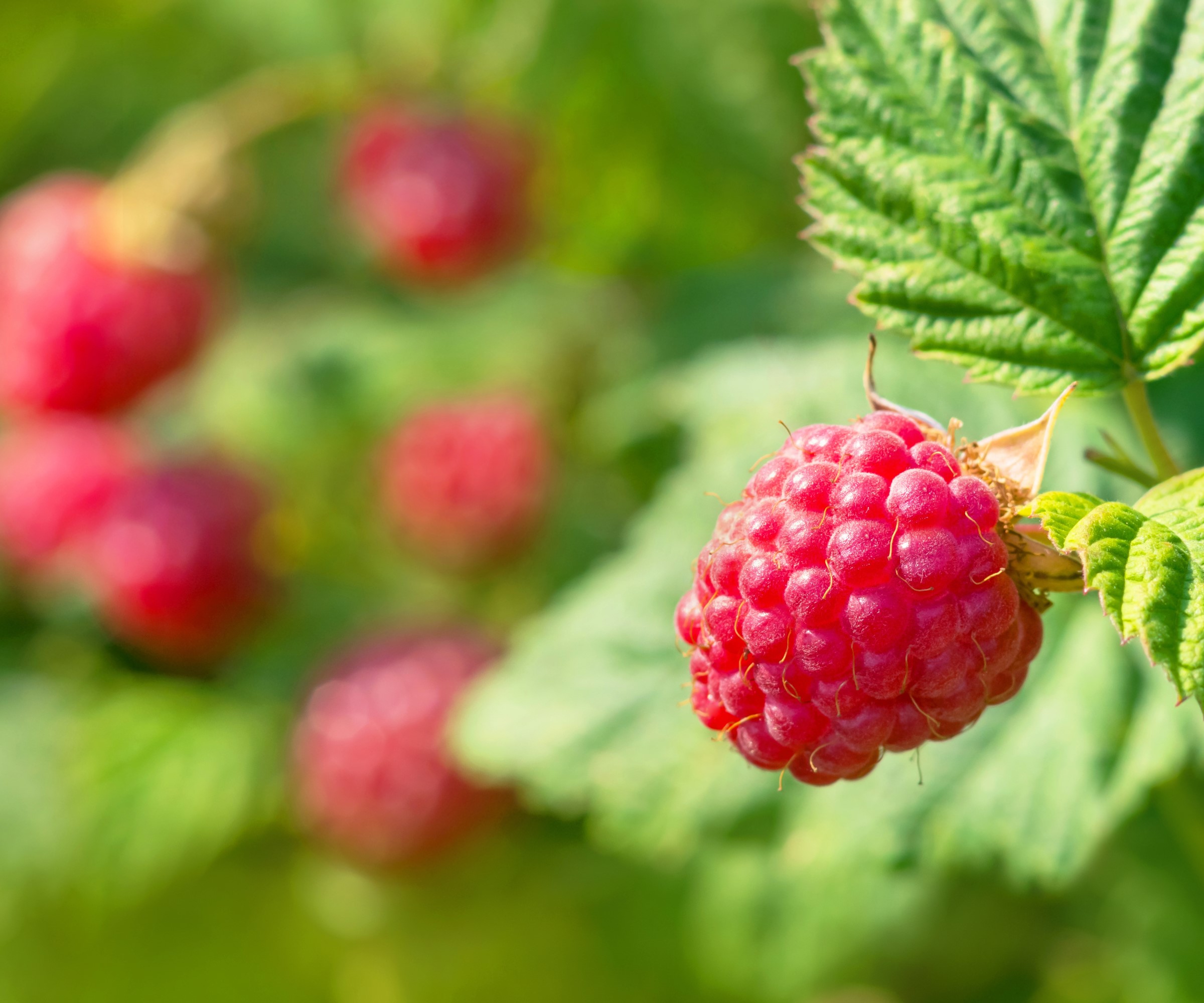
Raspberries are best added to a yard when dormant, however, the window to plant raspberries is still open in early spring. You are unlikely to get much of a harvest this season, but growing raspberries means you will get bountiful fruit pickings for many years to come.
Plant raspberries in a sunny spot that has free-draining soil. Plant the canes 2-3 feet apart and space multiple rows at least five feet apart. Before planting, it is beneficial to put in supports for the canes.
If you fancy something a bit more uncommon, why not consider growing loganberries? These unique fruits are a cross between a blackberry and a raspberry and can also be planted this month.
See the range of raspberry plants at Amazon
See the range of raspberry plants at Walmart
See the range of raspberry plants at Nature Hills
7. Strawberries
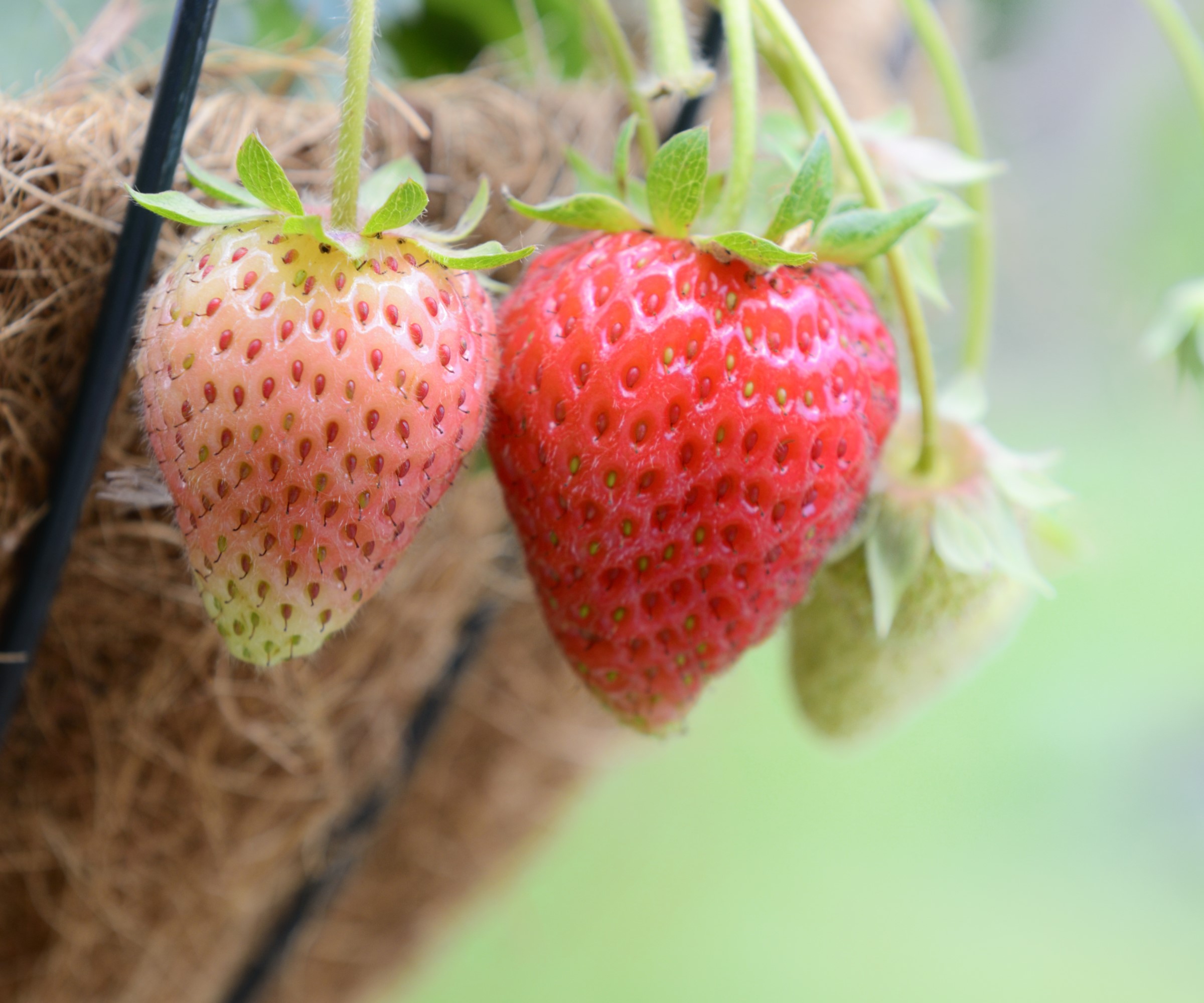
Fresh strawberries are ubiquitous with summer for many people. They are easy fruits to grow at home in the ground, raised beds, hanging baskets, or a container garden. They thrive in fertile soil and sunlight, and April can be an ideal time to plant strawberries. Plant this month and you can get fruits in only a few months.
Plant strawberries 16-18 inches apart and in rows 3- 4 feet apart. The crown of the plant wants to be level with the soil surface; plant too low and it is susceptible to rot. Also, do not plant them too close together, as the patch can become overcrowded once the plants send out lots of runners.
You can also grow strawberries from seed by starting them indoors this month. This opens up the possibility for a fun experiment to grow strawberries from a strawberry, and you could be harvesting fruits from a homegrown plant next summer.
See the range of strawberry plants at Amazon
See the range of strawberry plants at Walmart
See the range of strawberry plants at Nature Hills
April can also be a good month to start growing melons from seed. Melons are rare in that they are an annual fruit that you grow from seed each year.
To grow watermelon, cantaloupe, winter, or honeydew melons from seed, sow seeds indoors in a greenhouse or on a sunny windowsill from early spring. Plant the seeds into large modules or individual pots.
Grow the seedlings until they are large enough to handle. Then transplant seedlings into a greenhouse, polytunnel, or outdoors once the temperatures rise in mid-to-late spring.
Shop fruits to plant in April
A medium-sized apple tree that reaches heights of just 8-10 feet and is cold hardy down to -30 degrees. The Honeycrisp Tree is also disease resistant and a reliably heavy cropper once established.







